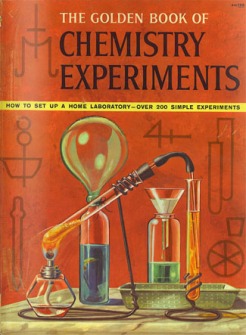
© Cengage Learning/Charles D. Winters
Oxidation is an increase in oxidation state and corresponds to the loss, or apparent loss, of electrons. Reduction is a decrease in oxidation state and corresponds to a gain, or apparent gain, of electrons. Electrons are neither created nor destroyed in chemical reactions. So oxidation and reduction always occur simultaneously, and to the same extent, in ordinary chemical reactions. Because oxidation and reduction occur simultaneously they are referred to as oxidation–reduction reactions. For brevity, we usually call them redox reactions. Redox reactions occur in nearly every area of chemistry and biochemistry. For example, in biological systems, reduction often corresponds to the addition of hydrogen to molecules or polyatomic ions and oxidation often corresponds to the removal of hydrogen.
Potassium permanganate (KMnO4) dissolves in water to produce a beautiful purple color. The permanganate ion is a strong oxidizing agent used in a number of chemical analyses and titrations.








